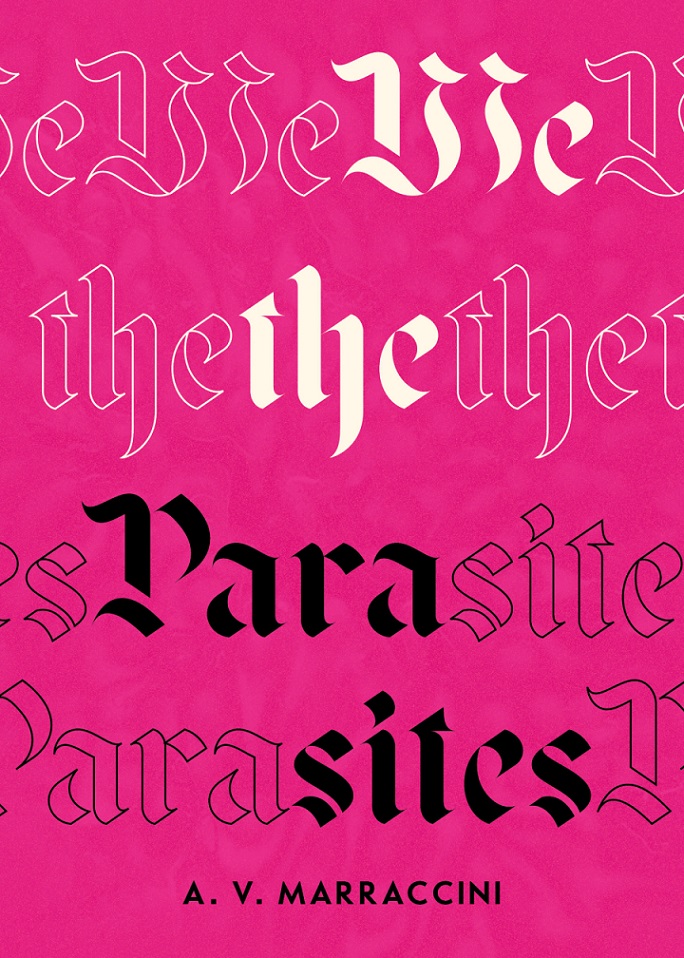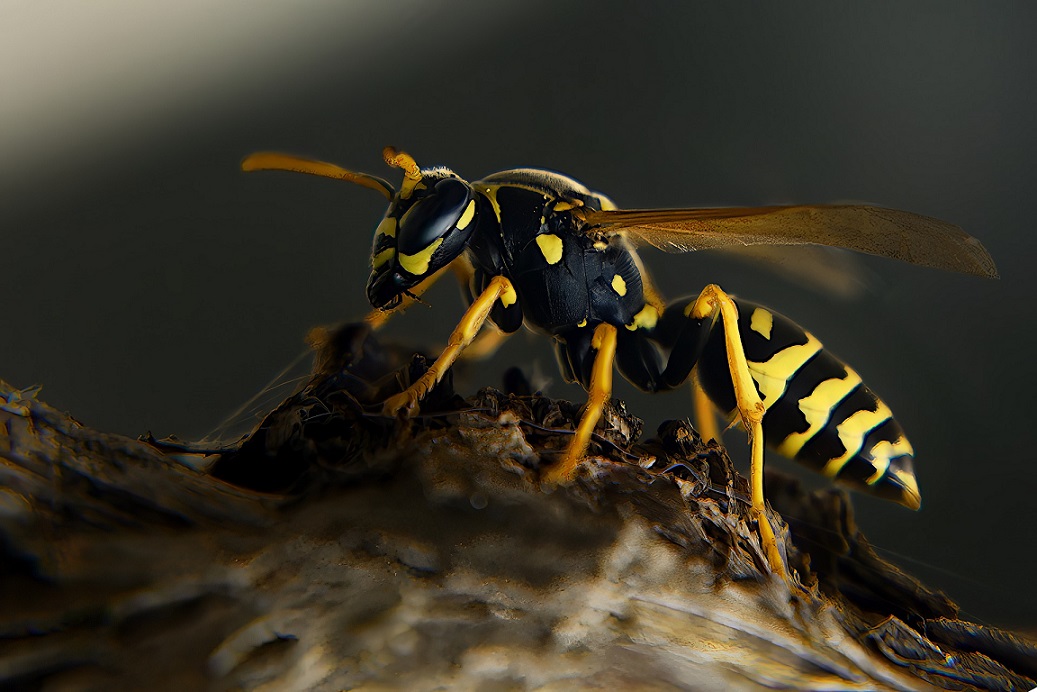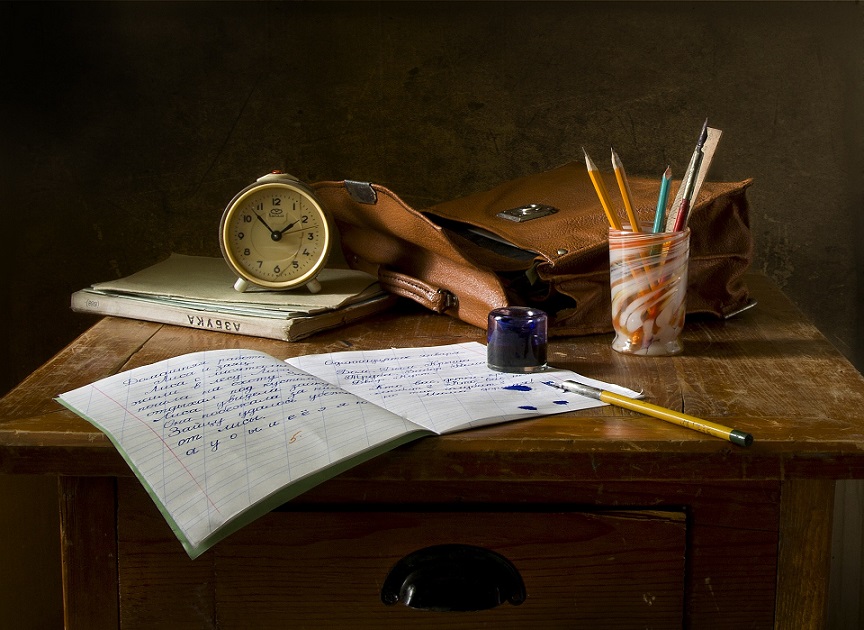The fig is an inverted flower and needs to be pollinated to make the fruit. A certain kind of female fig wasp burrows into a male fig to lay eggs from which the hatchlings have incestuous sex.
 Sean Sheehan
Sean Sheehan
A resulting impregnated female wasp breaks out of the skin of the fig and goes off to burrow into other figs.
This seems straightforward enough but sometimes a female wasp crawls into a female fig, where she starves and dies but not before pollinating the inverted flower. The wasp’s body is absorbed by the growing flesh of the fig and becomes part of the fruit that we eat.
The author of “We the parasites” sees herself as the wasp burrowing into novels, poems and paintings; the critical gaze possessing something incestuous given the intimate relationship it enters into with art.
A.V. Marraccini’s critical faculties delve into the writings of Genet, Rilke, Auden and the paintings of Twombly.
 She thinks of herself as a thief, a fish louse, a tapeworm –motivated by “the imperative to live” – and one evening on Primrose Hill she also sees herself as a nocturnal cryptid (creatures not recognized by science but which do exist by those who believe in them): ‘I don’t converse with the moon, but we do regard each other warily.’
She thinks of herself as a thief, a fish louse, a tapeworm –motivated by “the imperative to live” – and one evening on Primrose Hill she also sees herself as a nocturnal cryptid (creatures not recognized by science but which do exist by those who believe in them): ‘I don’t converse with the moon, but we do regard each other warily.’
Returning to the 36-hour life cycle of fig wasps, she mentions how if two males are trapped inside a fig with only one female the result is a fight to the death: “they go mano-y-mano …the winner gets to mate and then die anyway …It’s always the end of the world when your existence is basically mate quickly and die.” Finding an echo of their situation in Greek mythology, the warring wasps become Achilles and Hector battling outside the walls of Troy: “choosing kleos (glory) and dying young.”
 Critics become parasites that feed on the arts to make reviews and essays and in doing so keep us alive: “In a world without maggots, corpses never turn to dust, to ashes, to grass. Without wasps there are no more figs.” Written during the Covid epidemic, Marraccini finds sustenance in the art and history of ancient Greece: “Fixed in marble, living dead”, the Parthenon Marbles give lessons “in how to live frozen over, in the thick morass of time”.
Critics become parasites that feed on the arts to make reviews and essays and in doing so keep us alive: “In a world without maggots, corpses never turn to dust, to ashes, to grass. Without wasps there are no more figs.” Written during the Covid epidemic, Marraccini finds sustenance in the art and history of ancient Greece: “Fixed in marble, living dead”, the Parthenon Marbles give lessons “in how to live frozen over, in the thick morass of time”.
Twombly is not an easy artist to appreciate but Marraccini finds nourishing food for thought in the abstract and erudite expressionism of the squiggling loops and repetitions that characterize his paintings. The splotches of paint and crayon in his “The age of Alexander” will remain baffling to many but for the author they become an interiorized canvas for her emotional self.
 She wisely asks herself whether she is over interpreting Twombly’s calligraphic scribblings and daubs of bright colour and monochromes, like an “augur forever staring into the guts of sheep, the flightpath of certain birds”.
She wisely asks herself whether she is over interpreting Twombly’s calligraphic scribblings and daubs of bright colour and monochromes, like an “augur forever staring into the guts of sheep, the flightpath of certain birds”.
“We the parasites”, by A.V Marraccini, is published by Sublunary Editions.
(Photos: Pixabay)












.jpg)












